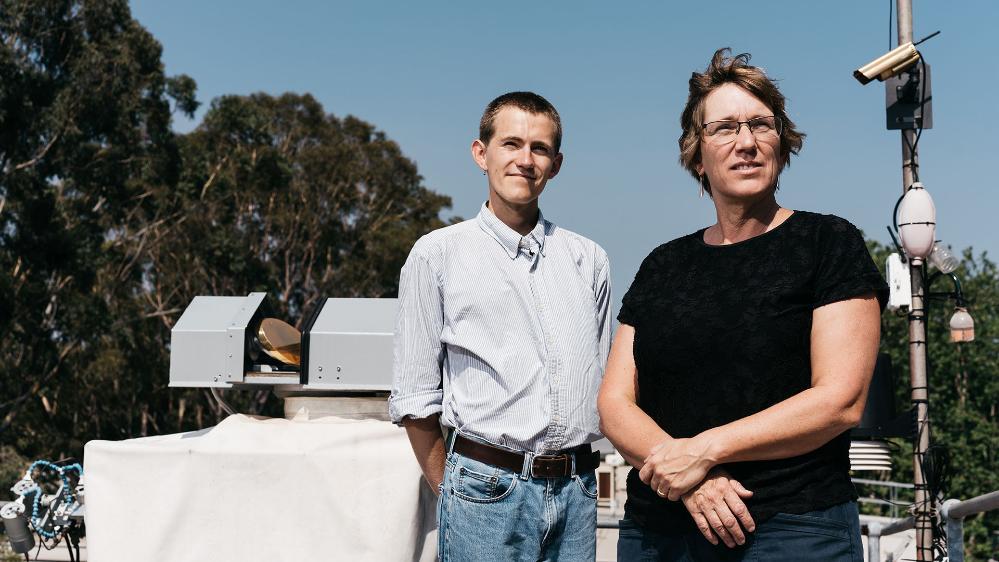Study looks at ways to reduce air pollution and people’s exposure to it

A special report on improving Sydney’s air quality identifies a number of ways to mitigate air pollution, including phasing out wood heaters in urban areas, reducing the number of vehicles on the roads, encouraging low-emission vehicles, and improving air-quality monitoring.
Air pollution is a significant health issue for Sydney that is projected to worsen with climate change and population growth.
While Sydney’s air pollution levels are better than those of many comparable cities around the world, even low-level exposure to air pollutants can be a threat to people’s health. And as the recent summer demonstrated, the city can be subject to extreme air pollution from bushfires, dust storms and heat waves.
A Clean Air Plan for Sydney, led by researchers from the University of Wollongong, was published recently in a special edition of the journal Atmosphere on “Air Quality in New South Wales”. It provides a summary of the current understanding of air quality in the city, highlights from recent research, and makes evidence-based policy recommendations for reducing air pollution and people’s exposure to it.
Professor Clare Murphy, Director of the University of Wollongong’s Centre for Atmospheric Chemistry, was lead author of A Clean Air Plan for Sydney.
“Air pollution in Sydney is dominated by human-created emissions,” Professor Murphy said.
“Our research shows residential wood-smoke, hazard-reduction burns, traffic emissions and emissions from industry and power generation contribute significantly to air pollutants. Natural sources, especially bushfire smoke and dust storms, are also important.
“By reducing emissions from all major sources of pollution, using greener energy sources and infrastructure, and educating the public to reduce their individual exposure, we can improve human health and the liveability of our cities.”
The two major sources of air pollution in Sydney are smoke pollution and traffic pollution.
The highest concentrations of particulate matter from smoke pollution occur during bushfires and hazard-reduction burns, causing the greatest acute threat to public health. However, domestic wood heaters cause greater cumulative exposure to smoke due to the frequency with which they increase pollution levels.
The report says legislation and public-awareness campaigns that work towards eliminating the use of wood heaters in urban areas and some regional areas should be considered.
Emissions from petrol and diesel vehicles are another significant pollution contributor.
Traffic pollution increased significantly near busy roads, and concentrations of particulate matter were 50 per cent higher during the morning rush hour compared to the evening, due to prevailing weather patterns.
In partnership with stakeholders, the report recommends the following policy and public awareness options:
- Phase out the use of wood heaters in urban areas and some regional areas;
- New policies, infrastructure and services to reduce the number of vehicles on the roads, including better pedestrian and cycle paths, more public transport, and congestion taxes;
- Encourage a rapid move to low-emission vehicles, including electric vehicles;
- Improve fuel efficiency, fuel quality and emission standards;
- Phase out diesel vehicles;
- Restrict government vehicles and public transport to non-fossil-fuel use;
- Encourage individuals to exercise away from main roads;
- Prevent the construction of pre-schools, childcare centres, schools, hospitals and aged-care homes near traffic hotspots;
- Improving energy efficiency and accelerating the transition to clean energy;
- Stricter emission controls on local shipping in Sydney;
- Controlling off-road vehicle emissions, such as diesel-powered mining equipment.
The report also recommends improving air quality monitoring and modelling for Sydney, and further research to determine whether urban greening can play a role in reducing air pollution.







